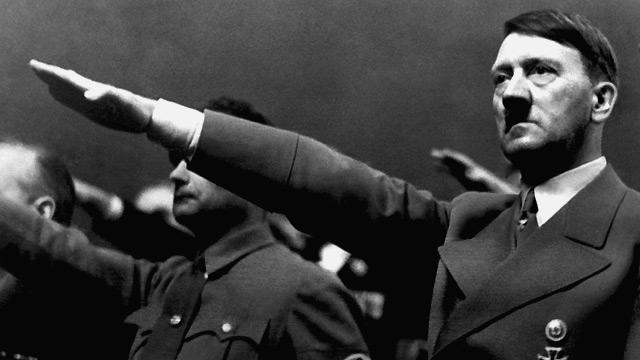Would You Kill Baby Hitler?

Why do cold-hearted psychopaths make good surgeons and world leaders?
According to Kevin Dutton, author of The Wisdom of Psychopaths: What Saints, Spies and Serial Killers Can Teach Us About Success, psychopaths are well-equipped to deal with all kinds of nasty crises. Sending thousands of troops to war, for instance, is not something that many people can easily carry on their conscience, Dutton points out. Psychopaths tend to simply “be people who are able to get the job done, who are less morally squeamish.”
So how does this apply to the moral conundrums of daily life?
Dutton explains the so-called trolley problem, a test in which the responses of psychopaths differ greatly from that of normal people.
If psychopaths are utilitarians at heart, how doers that affect their judgment in other scenarios. To answer that question, Dutton presents a number of variations on the trolley problem in the video below.
For instance, imagine that you are a transplant surgeon who had the ability to save many lives by taking one. Or, for that matter, would you kill a baby if you knew he would grow up to be Hitler? Dutton lays out these scenarios here:





